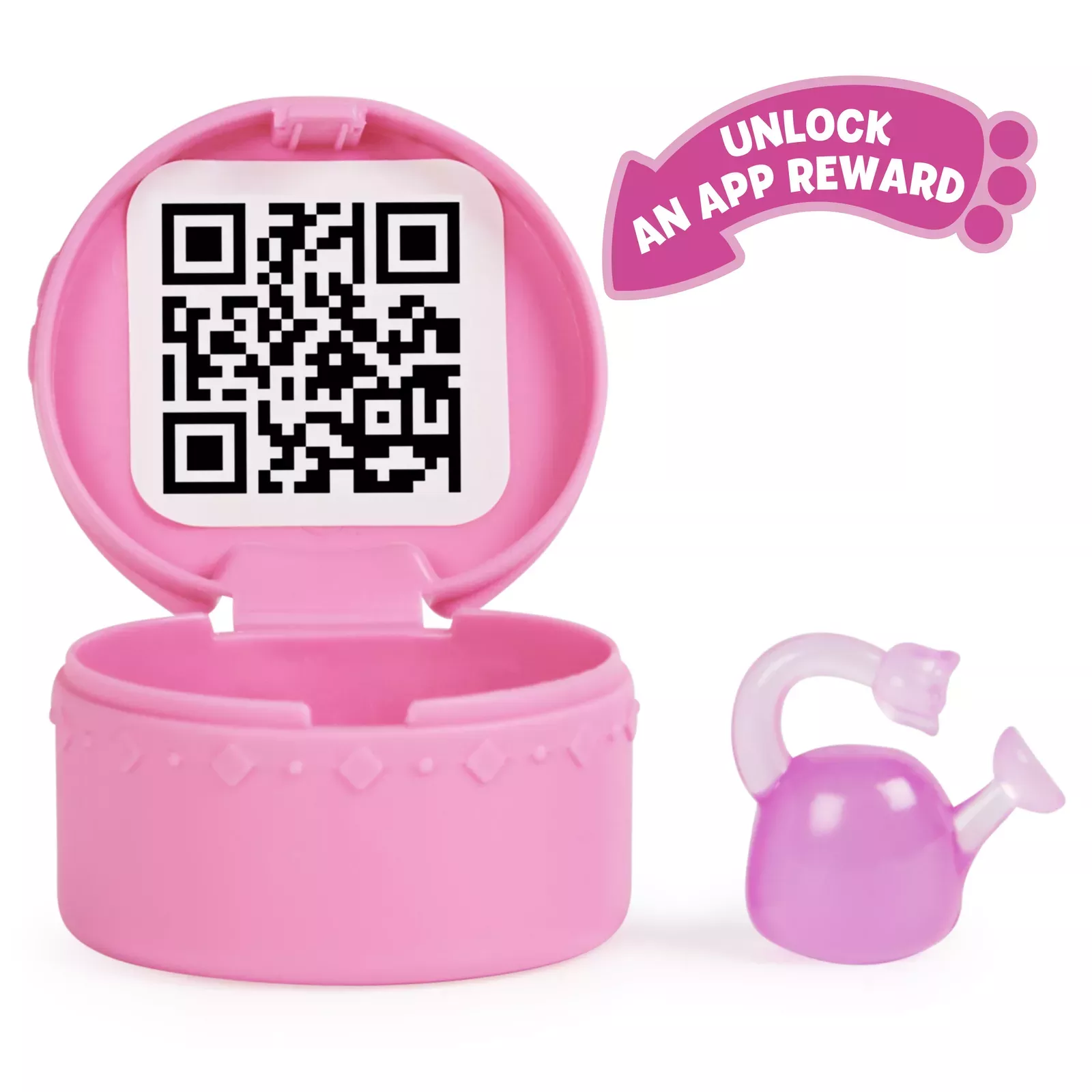In the ever-evolving world of children’s toys, technology is making remarkable strides to enhance playtime and learning. One of the latest game-changers is the incorporation of Quick Response (QR) codes into toys. These black and white squares, once mundane, are now revolutionizing the toy industry, providing interactive and exciting experiences for children. This article delves into how QR codes are shaking up the toy scene and provides tips to make playtime even more extraordinary. Let’s explore!
Educational Adventures through Scanning
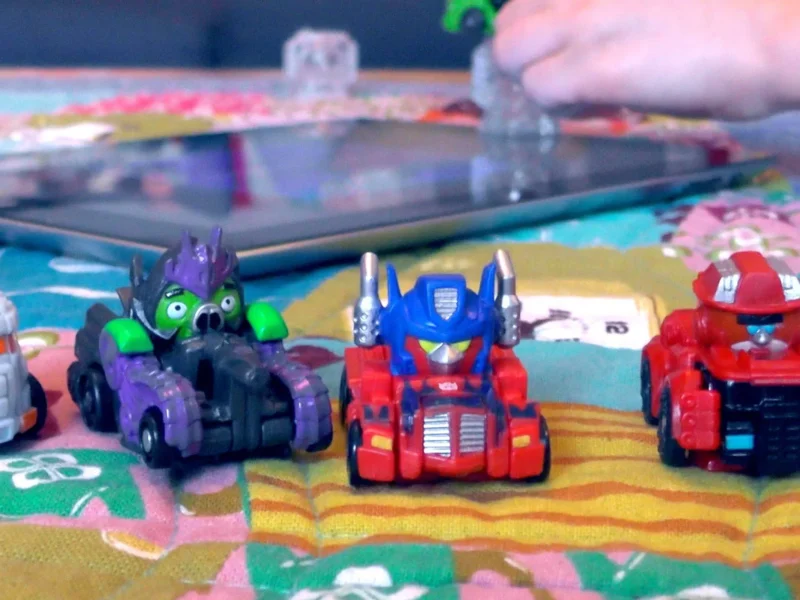
QR codes embedded in kids’ toys serve as gateways to educational adventures. When scanned with a smartphone or tablet, these codes unlock educational games, interactive content, and multimedia experiences that seamlessly complement the physical gaming encounter.
Manufacturers are increasingly integrating QR codes to bridge the gap between technology and traditional gaming, creating an engaging learning environment beyond the confines of the classroom.
These educational excursions not only make learning fun but also engage learning strategies. Interactive quizzes, language games, and math challenges accessed through QR codes offer an active learning experience for kids. Consequently, both parents and teachers are recognizing the power of QR codes to enhance educational principles in an engaging and interactive manner.
Fostering Creativity through Storytelling
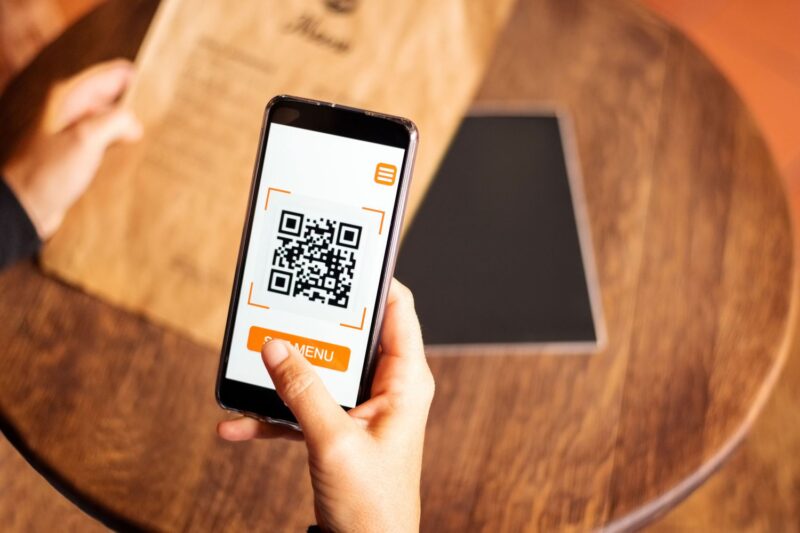
The role of QR codes in toys extends beyond digital play; it enhances storytelling experiences. Interactive storytelling facilitated by QR codes allows children to take control of the story, make choices, and witness the effects of their decisions. This dynamic and engaging format not only captures young minds but also fosters creativity and critical thinking as children actively shape the narrative.
Consider a scenario where a QR code on a toy lets a child decide about a story character. Depending on the choice, the story unfolds in different ways. This not only encourages decision-making skills but also introduces cause-and-effect thinking, creating a more dynamic and personalized storytelling experience.
Inclusivity and Accessibility
Designing QR-coded toys for children with special needs involves thoughtful consideration to ensure inclusivity. For children with visual impairments, toys can include tactile QR codes with raised patterns.
Audio descriptions can trigger when the code is scanned, detailing the toy’s features or the game’s rules. For children with hearing impairments, visual cues or vibrations can provide feedback when a QR code is successfully scanned. Interactive play becomes inclusive by integrating multisensory elements, allowing children of various abilities to engage and learn together.
Data Privacy and Security

The integration of QR codes in toys necessitates stringent data privacy and security measures. Parents should be aware of the information these toys collect and how it’s used. Tips for safeguarding children’s digital identities include ensuring toys come from reputable manufacturers, regularly updating toy software to patch security vulnerabilities, and monitoring the toy’s data transmission to ensure it’s encrypted and secure. Educating children about the basics of data privacy helps them understand the importance of protecting their digital footprint from an early age.
Integration with School Curriculum
QR-coded toys have the potential to bridge the gap between play and education. These toys can align with school curriculums by providing access to interactive content that reinforces classroom learning.
For instance, a QR-coded puzzle might offer extended learning about geography or history. Teachers can integrate these toys into their lesson plans, offering a dynamic and interactive learning experience that supports traditional teaching methods. For more abilities of these codes you should click for more information.
Technological Advancements
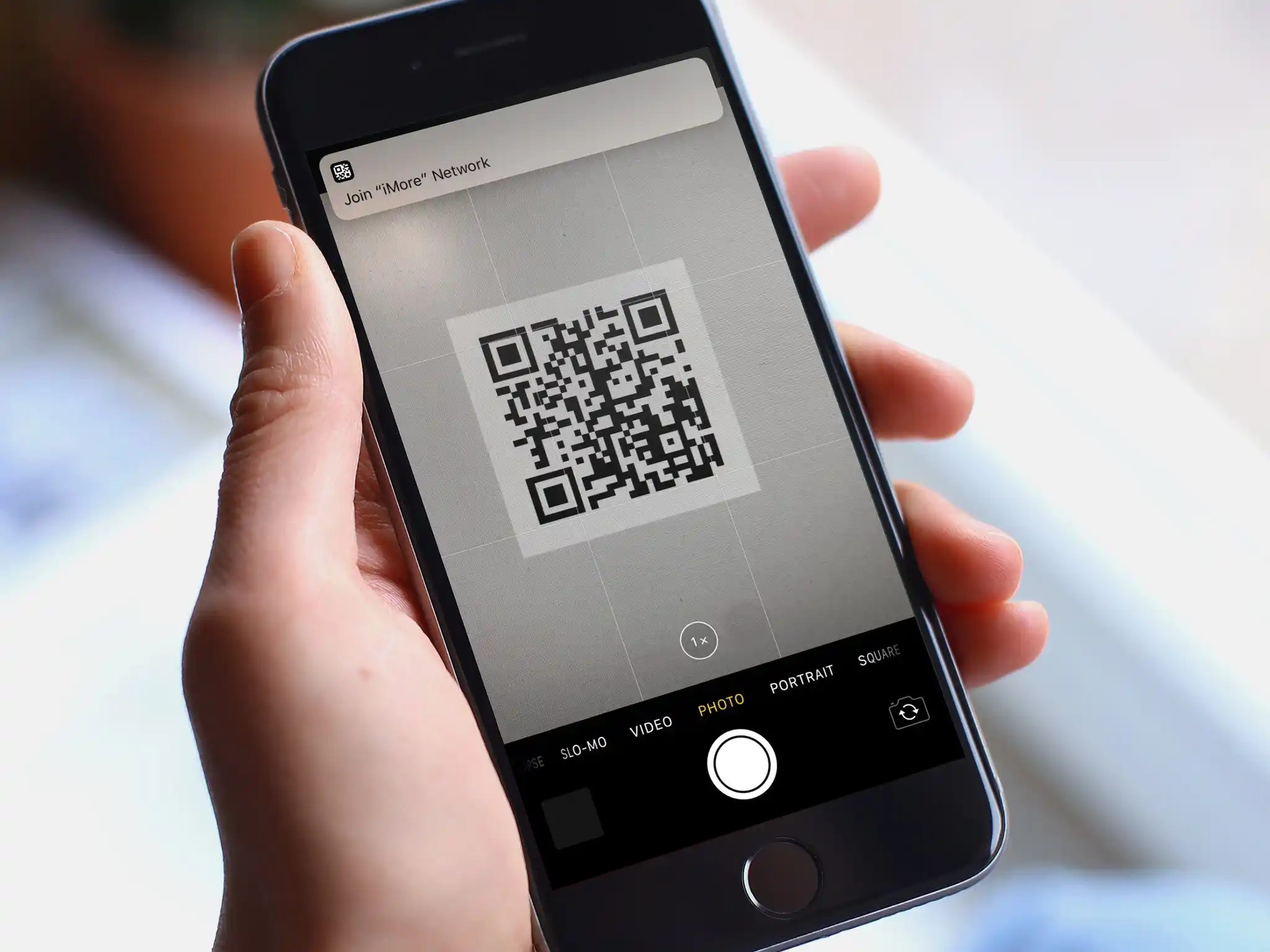
Emerging technologies like augmented reality (AR) and virtual reality (VR) are set to revolutionize interactive play. QR codes can act as gateways, launching AR and VR experiences that immerse children in educational content.
For example, scanning a QR code on a toy dinosaur could transport a child to a prehistoric world through a VR headset, making learning both engaging and memorable. As these technologies mature, the potential for creating rich, interactive, and educational experiences through QR-coded toys is boundless.
Development of Partnerships
Toys with QR codes facilitate communication among children. Multiplayer games and collaboration can be accomplished through scanned codes, encouraging children to play together, share ideas, and learn from each other. This integration promotes social skills and teamwork as children engage in shared experiences accompanying their physical play.
Improvements in participation through QR-labeled toys are not limited to digital communication. Developers are exploring ways to incorporate QR codes into physical games that encourage cooperative play.
For example, building blocks with QR codes can inspire children to work together to solve challenges or create integrated digital art. This not only enhances social skills but also creates a friendly atmosphere for younger playmates.
Parental Involvement and Care
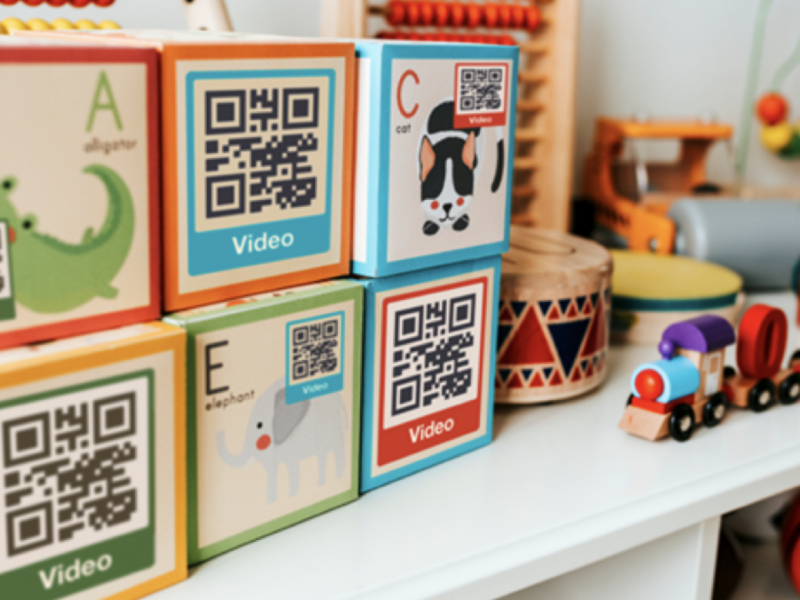
QR codes are invaluable tools for parents to track and manage their children’s play experiences. By scanning the codes, parents can access information about the content they interact with their children and ensure it aligns with their values and educational goals. This feature creates a balance between technology and parental involvement, giving caregivers a sense of security.
At a time when screen time is a concern for many parents, the ability to monitor and direct kids’ digital interactions is critical. QR codes act as a bridge between the physical and digital worlds, allowing parents to actively participate in their children’s play while ensuring that the content remains age-appropriate and meets educational goals.
Tips for Interactive Video Games using QR Codes
- Parent Guide: Encourage parents to actively participate in their kids’ play by scanning QR codes together and exploring digital resources. This collaborative approach not only strengthens the parent-child bond but also allows parents to guide their children and manage their children’s digital interactions.
- Safety First: Emphasize the importance of age-appropriate content and suggest parents review and approve any digital content accessed via QR codes. Providing online safety tips ensures that children’s digital experiences are safe and age-appropriate.
- Explore Creativity: Encourage kids to unlock the full potential of QR-coded toys with additional stories or activities using codes. It fosters curiosity and imagination while encouraging exploration and creativity.
- Community Engagement: Promote the social aspect of QR-coded toys through community activities or play dates where children can share their findings and collaborate in the virtual realm. This not only increases social skills but also brings some shared enjoyment to the interactive game.
Enhancing Children’s Playtime
In conclusion, QR codes have ushered in a new era of interactive and informative play in kids’ toys. As technology advances, the integration of QR codes offers exciting opportunities for creative, enhanced social, and well-rounded play experiences for children. Parents and caregivers, through this new medium, can ensure that their children’s playtime is enriched with a blend of physical and digital worlds, fun, and well-integrated education.
With the power of QR codes, the future of children’s playtime looks promising, promising a balance between traditional play and advanced technology. As we navigate this changing landscape, the interactive power of QR-enabled toys continues to capture young minds, paving the way for a generation that seamlessly integrates digital and physical play…

